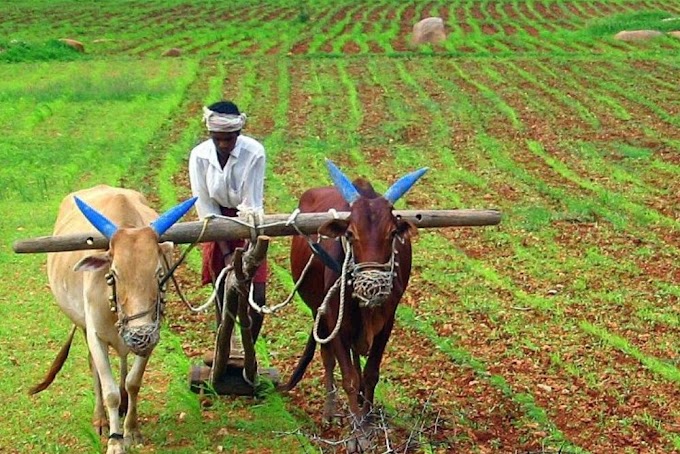Indian agriculture during British rule The British era is also known as the era of the commercial revolution in agriculture. The commercialization of agriculture coincided with the Industrial Revolution and 1860 AD. Became prominent around. This brought a shift from domestic consumption to market farming for farming. Cash transactions become the basis of exchange and largely replace the barter system. The main reason for the commercialization of agriculture was that India was now reduced to a supplier of raw materials and food grains to Britain and an importer of British manufactured goods. This era introduced many crops as cash crops like indigo, cotton, jute, tea, tobacco, and saw the spread. Land revenue payments were also demonetized and grain traders emerged in India. The increasing demand for some commercial crops in other foreign countries gave impetus to the commercialization of agriculture.

all Indian agriculture during British rule
Commercialization effect
Commercialization of agriculture should have increased productivity but in reality, it did not happen due to poor agricultural organization, obsolete technology, and lack of resources among most farmers. Wealthy farmers benefited and this intensified income inequalities in rural society.
Commercial non-food crops replaced food grains. It had a devastating effect on the rural economy and showed its influence on famine.
Another consequence of the commercialization of agriculture was that crop production received regional expertise based on climatic conditions. This was the result of the commercial revolution in agriculture. The farmers of the Bombay Presidency grew cotton, Bengal cultivated jute and Indigo, Bihar produced opium, Assam produced tea, Punjab produced wheat.
India's agricultural sector was connected to the world market. Price movements and trade fluctuations in the world markets started affecting the fortunes of the Indian farmer to a greater extent. The demand for the crop became dependent on market demand and price.
Thus we can conclude that the commercialization of agriculture aided the Industrial Revolution in Britain, breaking the economic self-sufficiency of villages in India.
The increasing population of landless laborers
There were no agricultural laborers in ancient India. The British Era situation was the reverse with a high population of landless laborers. Landless agricultural laborers constituted more than 20 percent of the agricultural population in Dinajpur in 1808. Those who either had land or had customary rights to do farming were not homogeneous in the early decades of the nineteenth century.importance of agriculture in India
Furthermore, the effect of the commercialization of agriculture on the peasant classes was complex. This sometimes strengthened small farmers by providing high incomes, but often rising price fluctuations disintegrated them into a group of wealthy farmers who benefited from the fluctuations, and others who were hit by moneylenders and traders. Returns. In general, non-agricultural populations contributed to the expansion of land assets, although the extent of such transfers varied by region.







